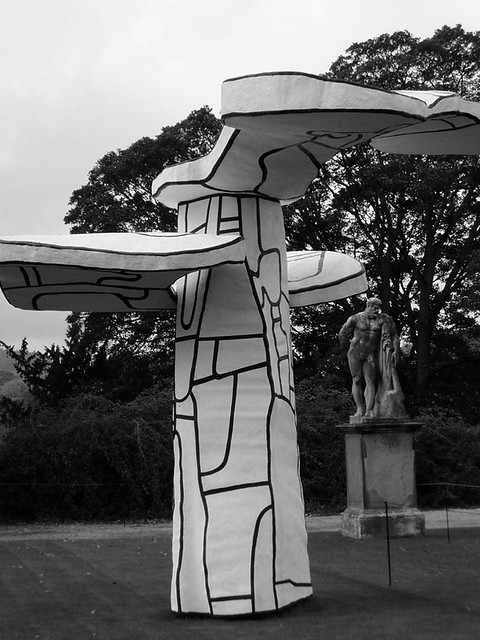vs
Arik Levy
"For all of Dubuffet's desire to bring art to the people, to endow it with true creativity, to transcend and diversify the hierarchical structure of the art establishment, Dubuffet's enterprise is scarred by contradictions of value. Dubuffet's rejection of culture is hardly a unique position; it solidifies his role as an avant-garde artist instead of positing him on the cultural margins next to the makers of ART BRUT ." (here)


Jean Philippe Arthur Dubuffet
vs
Arik Levy
1. Dubuffet's sculpture
2. Arik Levy's lamp
"One might say that Dubuffet is just another modernist doing what modernists typically did before the 1970's. Modernism reveals a tendency among artists to be influenced by and/or idealize groups and individuals external to the dominant society.
taken from here..
--------------
"What’s most interesting about Arik Levy’s work is how conscious he is of trying to give objects a ceremonial or ritualistic quality. He hangs around in shops listening to people, trying to understand why they do or don’t buy something. In a world where everyone moans about storage space, Levy aims to appeal to that emotional impulse that he describes as “I gotta have it”. He could be quoting Ettore Sottsass, who famously advocated the poetic life of objects, with this description of his vase and candleholder: “When a vase is without a flower, what do you do with it? This doesn’t look like a vase when you don’t have a flower in it, it doesn’t look like a candlestick when you don’t have a candle in it. And this is important because it makes people want to live with the object and not to have a candlestick.”
(here)
-----------------------
